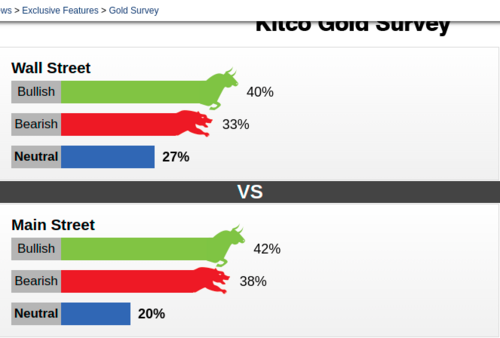This Emerging Tech Is the “Inflation Killer”
by Luke Lango, Editor, Hypergrowth Investing

I don’t know about you, but I think it’s about time we kill inflation. I’m tired of $5 gas, $100-plus grocery trips, and $500 flights. It’s time we bid farewell to these sky-high prices.
Easier said than done, you say? Well… not really. Unbeknownst to most of the public, there is actually a single emerging technology out there today that is ready to kill inflation right away. It’s arguably the most complex technology to have ever existed. Engineers and scientists have been working on it for years. And it’s now ready to be unleashed to the world.
The timing couldn’t be more perfect. You see, this technology is the ultimate deflationary tool, and will serve as humanity’s greatest weapon in fighting inflation. Indeed, corporate America is already adopting this technology in bulk to dramatically reduce its costs – and the trend is just beginning.
Over the next few months and years, companies across the globe are going to adopt this tech faster than they’ve adopted anything before.
The result? Inflation will get fixed. And today, folks, you have an opportunity to invest in this breakthrough technology that’s going to – in some ways – save the world. It’s the opportunity of a lifetime, and one I wouldn’t pass up anytime soon.
So… what breakthrough tech am I talking about?
The Shift to De-Globalization. Before we talk about this breakthrough technology that represents the investment opportunity of a lifetime, we need to first understand why today’s inflation is so bad. The simple explanation is globalization – or, more specifically, the reversal of globalization. Specifically, over the past 40 years, the global economy has morphed into a web of interconnected dependencies. Everything affects everything.
Russia invades Ukraine. Consequently, Ukraine can’t produce chicken because all the farmers are fighting a war. Ukrainian exports of chicken drop tremendously. They’re the world’s sixth largest chicken exporter. Global chicken supply drops meaningfully. Global chicken prices rise everywhere, even 5,000 miles away in the United States.
By the same token, Russia invades Ukraine, and the Western World throws sanctions against Russian oil to cut off the Russian economy. Global oil supply drops meaningfully. Global oil prices rise everywhere. Your gas prices in America – 5,000 miles away from the fighting in Kyiv – rise 50%.
It’s all connected.
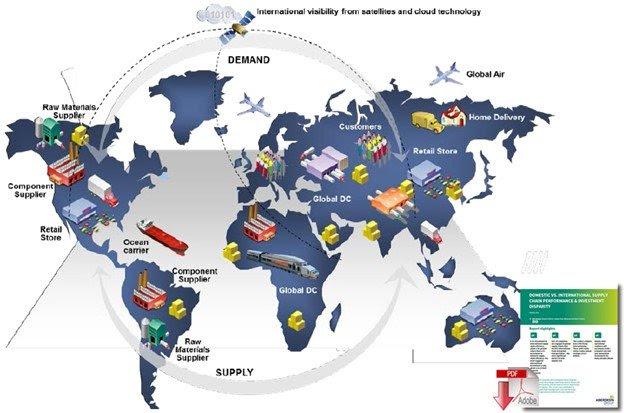
Therefore, one might easily say that the fix to today’s inflation problem is to “de-connect” everything. Down with globalization. Hello to localization. Theoretically, that sounds great. In a de-globalized world, a Russian invasion of Ukraine shouldn’t impact energy or food prices in the U.S. But, in practice, localization without technological innovation will only worsen today’s inflation problem.
Why did we globalize in the first place?
Ironically, we globalized to beat inflation. Specifically, to optimize the cost efficiencies of various economies, leveraging what in economics is known as “comparative advantages.” Sure, the U.S. has some oil. But Russia has way more oil, and they can extract that oil at a much lower cost because it is so abundant. Therefore, we built a dependency on Russian oil, because Russian oil is inherently cheaper than U.S. oil.
Same story with all those factories in China. Why did U.S. companies start outsourcing manufacturing to China? Cheaper labor. Cheaper labor leads to lower manufacturing costs, which leads to lower final product prices, and lower inflation.
For decades, globalization has actually been a huge deflationary force. To that end, we cannot simply reverse the wheels on the globalization trend and not expect it to cause inflation. Simple localization of supply chains will make today’s inflation problem infinitely worse. Just building out a bunch of oil refineries and vertical farms in the U.S. to establish energy and food independence would cost a fortune – and only exacerbate inflation.
But… advanced localization of supply chains using the breakthrough technology I mentioned earlier, won’t make today’s inflation problem worse. Instead, it’ll fix today’s inflation problem – and maybe forever!
The Fix Is Automation
In order to fix today’s inflation problem, America needs to localize its supply chains using automation technologies. That’s right. I’m talking machines, robots, and software programs. Those technologies, working together, are the solution for today’s inflation problem. They are the inflation killer.
If companies simultaneously localize and automate their supply chains, then they will destroy this unreliable web of global economic dependencies while keeping manufacturing costs low – and, indeed, they’ll even be able to dramatically reduce their manufacturing costs.
For example, let’s say I’m a company that has built a manufacturing facility in China because of the cheap labor. Currently, that facility is likely running at ~80% capacity due to continued COVID-19 lockdowns over there, and therefore, I don’t have enough product to fulfill demand. Neither do any of my competitors. So, we’re all bidding for whatever product does come across the Pacific Ocean, driving my input prices way higher, and resulting in both lower revenues and lower margins for me, and higher prices and longer lead-times for my customers.
It's a lose-lose situation
But… imagine I rebuild that same manufacturing facility in America, and use a bunch of robots to build, sort, and package my products, thereby eliminating labor costs associated with warehouse workers, and improving throughput via 24-hour work shifts. Even further, imagine those robots load all those packages into electric autonomous trucks, that then drive themselves to my customers’ front doors and deliver the product, thereby eliminating logistics-related fuel and labor costs and shortening lead times via constant uptime.
And, even further, imagine that entire process is controlled autonomously via a cloud software platform that connects all the moving parts, thereby eliminating labor costs associated with managers and enhancing operational efficiency via constant and dynamic data-driven decision-making.
In that world, I have 100% control over my supply chain. It’s always up and running. I never have a product shortage. I don’t have to pay high labor costs associated with warehouses. I don’t have to pay UPS (UPS), or USPS, or FedEx (FDX) for transportation fees. I can make more product, at lower prices, resulting in higher revenues and profit margins for me, and lower prices and wait-times for my customers.
That’s a win-win situation
In other words, advanced supply chain localization via automation technologies has the potential to turn today’s situation of lose-lose inflation into a win-win for businesses and consumers.
Welcome, folks, to the Automation Economy.

The Automation Economy is simply the integration of automated technologies into today’s business operations to reduce costs, increase efficiency, and maximize throughput. That includes the usage of automated machinery to mine raw resources. It includes the usage of autonomous trucks, ships, planes, and trains to transport those raw resources to production facilities. It includes the usage of robotics and software to turn those raw resources into usable products, package them, and ship them to their final retail destinations. It includes the usage of machine vision and RFID technologies to enable person-less store checkouts.
It includes everything. Make no mistake. The Automation Economy is the future, because society is constantly evolving toward lower-cost, higher-efficiency solutions, and automation enables a lower-cost, higher-efficiency future of business.
The Dawn of the Automation Economy
Up until recently, the Automation Economy has been the stuff of science-fiction movies and books. But recent advancements in artificial intelligence, edge computing, machine learning and vision, and more have enabled these science-fiction projects to become real-world realities.
Just last month, Walmart (WMT) announced that it will be integrating a full-suite, end-to-end automation system from Symbotic (SYM ) into its 42 regional distribution centers. This system combines giant robot arms with a fleet of mini “Symbots” – or mobile, multi-purpose robotic machines that look like a hybrid of a forklift and a go-kart – to fully automate essentially all processes in a warehouse or a distribution center. It’s really awesome technology, and for those interested, I’d suggest you watch this video demonstration of Symbotic’s tech.
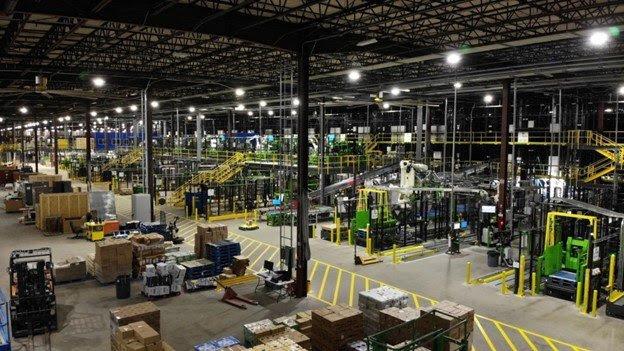
Walmart first launched the tech in a few warehouses last year. The company has since achieved industry-leading throughput at those warehouses with Symbotic’s technology. That early data has been so promising that Walmart – just a year later – decided to adopt Symbotic tech everywhere. By 2028, every Walmart distribution center in America will be fully automated.
Walmart isn’t alone in the rapid and sudden uptake of automation technologies. Across the restaurant industry, companies are turning toward automation technologies to help with staffing shortages. Chipotle (CMG) is using robots to make tortilla chips at certain locations, while White Castle is using a different version of the same robot to make burgers. Chili’s has its own robot servers – Rita the Robot – which are in-use at more than 50 locations nationwide. Domino’s (DPZ) is delivering pizzas using autonomous cars in Houston.
Restaurant automation has arrived
So has retail automation, where Sam’s Club is using robots to clean floors and take stock of inventory on a daily basis. Kroger (KR) is using robots to prepare grocery delivery and pick-up orders. Amazon (AMZN) has built entire cashier-less and checkout-free retail stores using a combination of hardware and software automation technologies where you simply walk in, pick up items, and walk out, with your purchases charged to your Prime account.
We presently sit at the dawn of the Automation Economy
Things are only going to accelerate from here. Research firm ABB recently released the results of a survey of 1,610 executives in the U.S. and Europe. An astounding 62% of them plan to invest heavily into robotics and automation over the next three years. According to ABB:
“Business leaders are responding to unprecedented supply chain disruptions by putting into place measures to make operations more resilient and adaptable.
All told, the Automation Economy is expected to grow by more than 25% per year over the next five to 10 years, according to every major research firm that covers the space. We truly stand at the base of a Mt. Everest-sized economic opportunity – but only those who invest in this emerging technology today will make fortunes in the long run.

New Opportunities Are Emerging For Citizens of The World.
Freedom and democracy may appear to be struggling to stay alive in America, but there may be a knock-out punch ready to be released. The evolution of the blockchain-enabled metaverse is going to enable the 'Citizens of the World' to gain their own Freedom by democratizing power and creating a new world with new rules, new players, and new opportunities. For 99.99% of us, the metaverse will improve our real-world lives through the democratization of power and opportunity.
Along with the major long-term trend of society towards decentralization and smaller-scale organizations, there are new opportunities developing to help 'Preparers' in the cryptocurrency sector. Businesses are beginning to issue their own Crypto Coins that can be traded on Cryptocoin Exchanges.
Markethive.com for example will be releasing its HiveCoin (HIV) in the coming weeks. It has tremendous upside potential that is outlined in a Video by Founder Tom Prendergast, "Entrepreneur Advantage…".
Not only that, if you go to their website and register as a FREE Member, you will be given 500 HiveCoins for "FREE" along with access to several Earning Opportunities and online tools to increase your HiveCoin balance.
Be sure to check it out today – Markethive.com

Tim Moseley


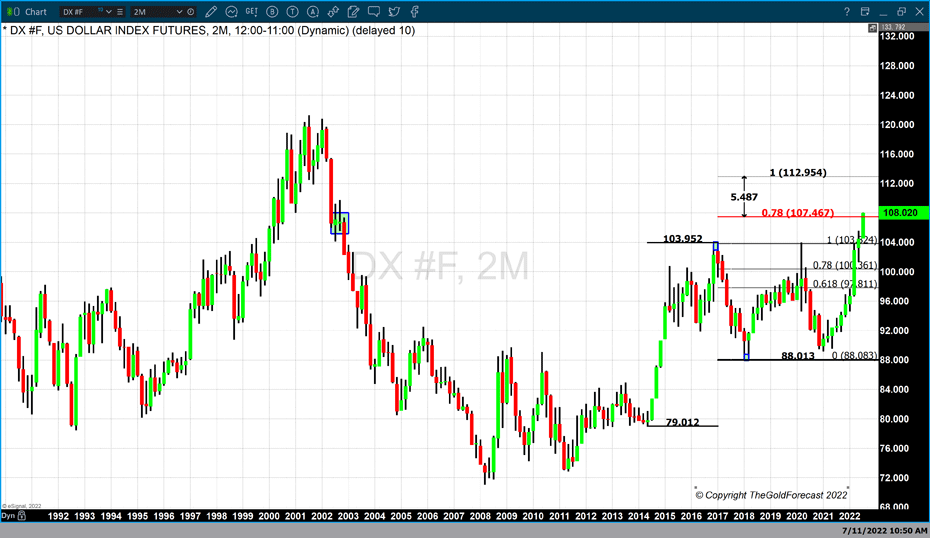
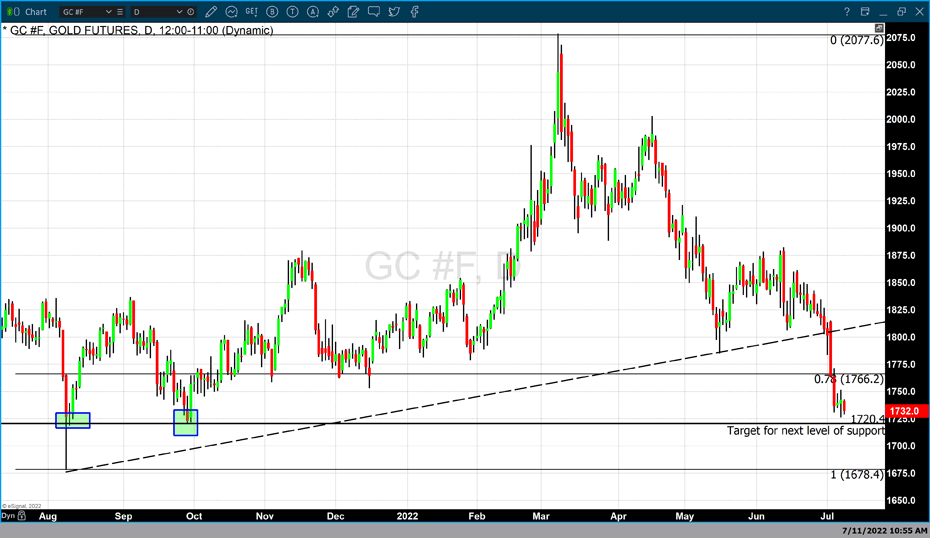

.jpg)









 Image Source
Image Source .gif)

 Gold faces a difficult second half but it's not hopeless – World Gold Council
Gold faces a difficult second half but it's not hopeless – World Gold Council